SEO is constantly changing.
Just when you think you’ve mastered keyword research, Google announces a new ranking factor.
The same thing is happening today with other marketing tactics.
For example, the standard “inbound marketing playbook” that has worked for the past decade has been to put your best content behind a form.
The idea is to “gate” the content to drive more inbound leads.
However, some companies seem to be moving away from this approach.
They’re saying that conversion rates continue to drop.
Basically, your potential customers are shying away from entering their email addresses into yet another form.
Instead, these companies are putting all of their best content out in the open.
And then they’re using a few clever techniques for lead generation.
Is that a good approach?
Should we get rid of forms?
Or should we stick with them because they still work to a certain degree?
That’s what we’re going to figure out together in this article.
But first, I want to explain why “gated content” is starting to die out.
Why “gated content” is dying (and what’s taking its place)
Newspaper ads used to be the cream of the crop.
They used to be an incredible place to deliver ads to millions of eager readers.
The problem, of course, is that newspaper advertising spend continues to drop like a rock.
Why is this trend happening?
Obviously, it’s because they don’t work any longer! People don’t respond to newspaper ads like they used to.
I’m picking on newspaper ads, but the same can be said for most forms of advertising and promotion.
In the beginning, they work extremely well.
However, they work less effective over time as the number of alternatives increases and consumer behavior shifts.
So what works well today probably won’t work as well tomorrow.
That still applies to many of the same tactics we use today.
SEO used to be easy. Now it’s not.
Email marketing still works. However, it’s under strain as trillions of emails are sent and major email providers like Gmail pull most of them out of users’ primary inboxes.
Those filters exist to make consumers’ lives better.
Gmail is helping consumers remove a lot of the spam that used to fill up inboxes.
The harsh reality for email marketers is that consumers don’t want to see another templated {{firstname}} email with your weekly blog posts.
As you can probably tell, I’ve been personally struggling with this decision.
The idea of going completely formless scares me.
Incredibly, some companies like Drift have already taken this leap.
In one year, they effectively phased out their gated content completely.
They exchanged landing-page forms for targeted live-chat and chat-bot campaigns.
Now, they might be a little biased if we’re honest. They are a live chat and messaging software app.
However, you can’t argue with some of the results they’re seeing.
This new-and-improved live chat will even automatically help customers so that you don’t have to.
Why would that be important?
Drift surveyed 433 B2B sales teams and discovered that only “7% were following up within five minutes.”
Half of those companies took longer than a business week!
Those time frames are important because they just so happen to coincide with a Harvard Business Review study from a few years back.
If you wait more than five minutes to respond to a new lead, you risk dropping your chances of qualifying them by 400%.
Now compare that to using live chat, which can net a 15x engagement increase over email.
And the beauty of it all? You can still use content mapping techniques to segment consumers based on different personas and funnel stages.
Instead of publishing gated content sections for the consideration and decision stages, you can nurture leads via targeted messaging.
You can even have live-chat bots automatically schedule appointments with potential leads:
Going formless can be a scary proposition for most marketers who are used to using gated content and lead-magnet techniques.
However, there’s a reason some people are leaving them behind.
Here’s why.
Why some people are leaving forms
It’s easy to get stuck following the same old formulas that every blog post talks about.
Someone blogs about a “great new hack,” and everyone follows it to a T.
For example, most of us right now are all following the same “inbound marketing” playbook that was introduced over a decade ago.
We churn out high-quality blog posts to catch people’s attention and interest.
But we save the best of our content for lead magnets like e-books, white papers, checklists, and other long-form content.
Then, we create a few stellar CTAs to lure visitors into our gated content.
And next thing you know, we’ve got dozens of new leads.
It’s that easy!
We take an evergreen blog post and then repurpose that content into social media posts, emails, and ads that point back to our lead magnet.
People fill out the form and love our content. We can then nurture them with emails until they make a purchase.
Here’s a prime example:
I’m reading about lead magnets on an industry blog, trying to improve my own.
I come to the end of the post and see the following CTA:
Pretty compelling, right?
I just read an entire post about lead magnet types, so it’s pretty likely that I’d want a free e-book with templates to get started.
So I click on the “Download Now” button and I’m greeted with this:
It’s a perfect example of gated content.
If you want the good stuff or the entire strategy or full guide, you have to give the company at least your email address in return.
Now, let’s be honest with each other here.
You have absolutely no interest in this company’s product or service just yet. You’re just looking for that e-book.
So you decide to play ball. You give them your email address. However, you seriously doubt if you’ll continue reading what they send you.
We’re all guilty of this same approach.
It’s what has always worked.
So we might update the tactic a little bit. But we never stray too far from the original formula.
I don’t mean this in a bad way. Look, I do it too:
There’s a reason I still use it.
Forms still work. I’m not saying they’re “dead” or are “dying” just yet.
They’re still one of the fastest ways to collect new leads.
When people are willing to give you their personal information, it shows you that they mean business.
It’s much easier than asking qualifying questions via email or talking to each person on the phone first, without any idea of their quality.
It also gives you an opportunity to continue following up with these people so that you can eventually turn a small percentage of them into customers.
However, we can also take this too far.
For example, HubSpot has created an infographic to help marketers decide which content is worthy of putting a form in front of:
This infographic is great —don’t get me wrong. I’m even using many of the same tactics it recommends. So I’m not bashing it here.
But this isn’t always the best approach.
What if you could remove some of this friction for people and improve the results at the same time?
Why not try to simplify our sales process a little bit?
The total number of leads you get each month doesn’t really matter. It’s the number of total customers (read: sales) that you’re after.
So it almost doesn’t matter how you get them or how many end up converting. You just want to talk to the best prospects and not waste any time on the tire kickers.
Well, you’re in luck.
You can still nurture leads at each stage of the funnel and get them to convert without ever filling out a single form.
Here’s how to do it.
How to convert new leads without using gated content
Let’s jump right into the basics of how to convert without forms.
Facebook custom audiences allow you to run retargeting ads.
You pick up some basic information, like how someone has interacted with you previously.
For example, you can create a custom audience for all of the people who have visited your website over the past 30-60 days.
Next, you can target visits to specific URLs.
Here’s what I mean.
If people view your blog posts, you can send a Facebook ad for your new e-book.
These people are interested in your content. However, they’re not quite sure if they want to buy something from you just yet.
But when people view your products, features, or service pages, you can tell they’re starting to get interested.
They’ve expressed intent toward your product by checking out what it can do for them.
Here’s where the specific URL targeting comes into play:
You can target very specific people who’ve visited these pages on your site.
Facebook provides these “includes and excludes” parameters so that you can control who sees what.
What if you don’t think your customers are on Facebook?
That’s no problem!
The other large social media platforms are starting to offer these same targeting options.
For example, Twitter calls them “tailored audiences” that you can segment by page visits.
LinkedIn can also help you get access to those hard-to-reach B2B customers.
And they just recently introduced a new “matched audiences” feature for the same kind of precision targeting.
You can now run retargeting ads for users in each stage of the funnel!
If you’re not interested in retargeting ads just yet, you can use message-based marketing to target funnel stages on specific pages that show intent.
For example, if someone is on a product page, you can deliver a different chat CTA.
The same strategy applies here.
If someone’s looking at a blog post about “content marketing,” you can send them a little message that asks if they’d like to read your new e-book on “content marketing.”
And if they’re checking out your homepage, you can pop up a generic message to ask if they have any questions.
Who said you couldn’t qualify leads without a form?
Now, let’s get even more sophisticated with this tactic.
Let’s say you send a new targeted message to people who’ve come back to your site more than five times over the past month.
You can now ask them if they’d like to schedule a call with your team directly.
So now you can get rid of forms to help expedite the appointment-setting process.
You know how this typically works.
You fill out a form, and they assure you that “someone will be in touch soon.”
However, you end up forgetting about it a few hours later and then lose interest when nobody gets in touch.
Virtu got rid of that time-consuming information exchange and increased conversions 50%.
Zapier can help you piece together a few different tools to do something similar.
For example, you can create a calendar link with Calendly for new leads so that they can instantly schedule a call.
Zapier will then help you send that new appointment into your CRM tool so that there’s no data entry. And more importantly, there are no forms.
You start by selecting the “Trigger” from one application that will send data to the other.
Let’s say we’re going to use Calendly. So you can select “Invitee Created” as the trigger.
Now, when a lead schedules a call with your sales staff, you can create an email or Slack message to fire off so that they’ll get an instant follow up message.
You can even add this new lead to your email marketing program, too. It works the same way as it always has. You just got the contact information in a different way.
After taking these steps, it doesn’t matter what happens on the call. At the very least, your prospects will still get your email newsletter.
Last but not least, let’s add them to your CRM so that there’s a digital paper trail of this contact record. Your CRM can keep track of touch points and other critical data.
Anyone in your organization will be able to go in and see everything about this person.
They’ll even be able to see if they’ve come back to your website, scheduled additional calls, or opened your emails.
We’ve essentially recreated the entire “inbound marketing” process with all of these various tools and apps.
You can qualify leads at every stage of the funnel with targeted messaging and live-chat questions.
Then, you can automatically have them schedule sales calls, add them to your CRM, and nurture them further with automatic emails.
And best of all, you’re doing all of these things without a single form.
I’m not saying forms are dead. I’m not saying that I’m going to ditch them all on my website.
However, it’s good to plan ahead. We should all have a Plan B in the back of our minds.
Because one day, when you least expect it, consumer preferences will shift to the next thing.
And there’s nothing we can do to change that.
All we can do is adapt, react, and change how we’re reaching them.
Conclusion
The typical inbound marketing playbook tells us to hook people with long-form blog content, and then use gated content and lead magnets to get their personal information.
But what if consumers start getting tired of that?
What if they stop filling our forms or start giving fake email addresses?
We need to be able to switch gears.
Newspaper ads killed it years ago. The first banner ads worked wonders online.
MySpace was “the next big thing” ten years ago!
Instagram didn’t even exist until 2010.
Millennials text each other instead of calling.
Do you see where I’m going with this?
The only thing we can count on is change.
The same old techniques start to fade in effectiveness over time.
We have to take advantage of the new advances to stay up on the competition.
The good news is that you can still convert visitors in new, ‘frictionless’ ways.
You can target people on Twitter, Facebook, and Linkedin, depending on which pages they’ve visited on your site.
You can use live-chat and messaging tactics to qualify leads when they start to look at your Pricing or Service pages.
You can even send these repeat visitors different messages. For example, you can swap out a basic e-book opt-in with an appointment or scheduling app.
That way, people can talk to your sales team ASAP at their own convenience.
You’ll still get what you want. You’ll get their basic data at the right time so you can follow up on different channels.
However, your customers will get what they want, as well.
They won’t be bugged or annoyed with all of the friction on your website. They won’t feel like they’re being tricked or harassed for their personal information.
In return, they’ll have no reason to give you fake phone numbers or email addresses.
That means that, when you do call or send an email, they’re much more likely to pay attention to it.
What kind of ‘formless’ lead-capture techniques have you found success with?

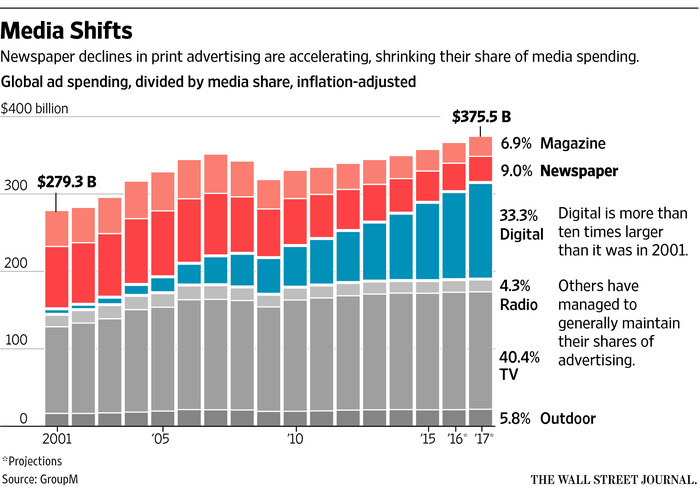

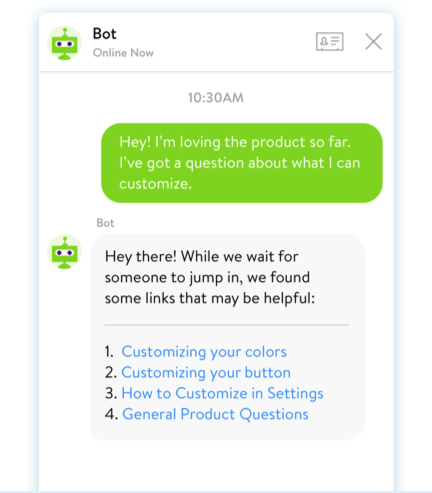
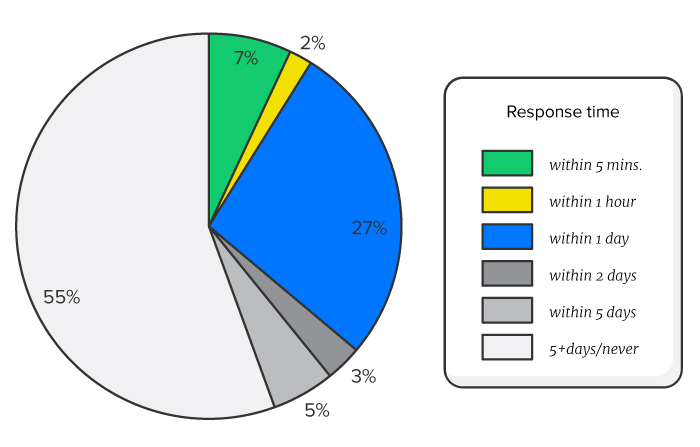
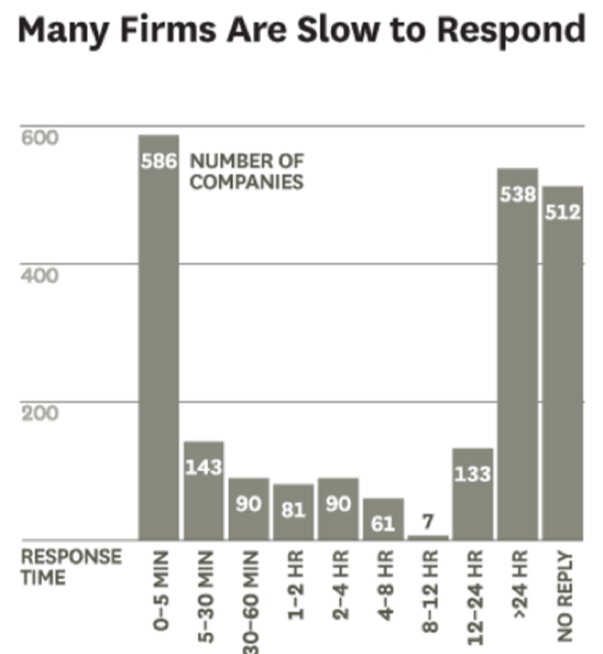
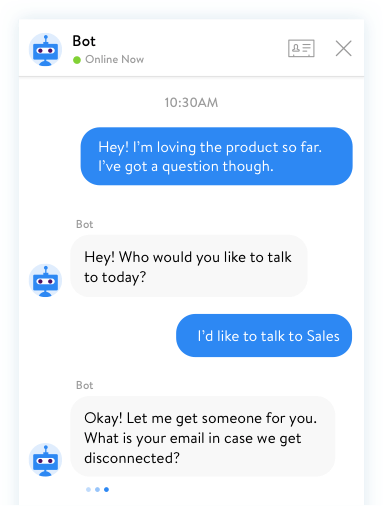
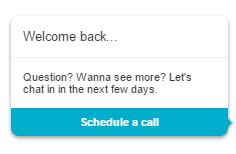
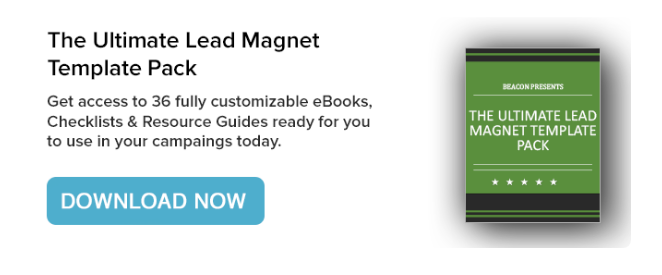
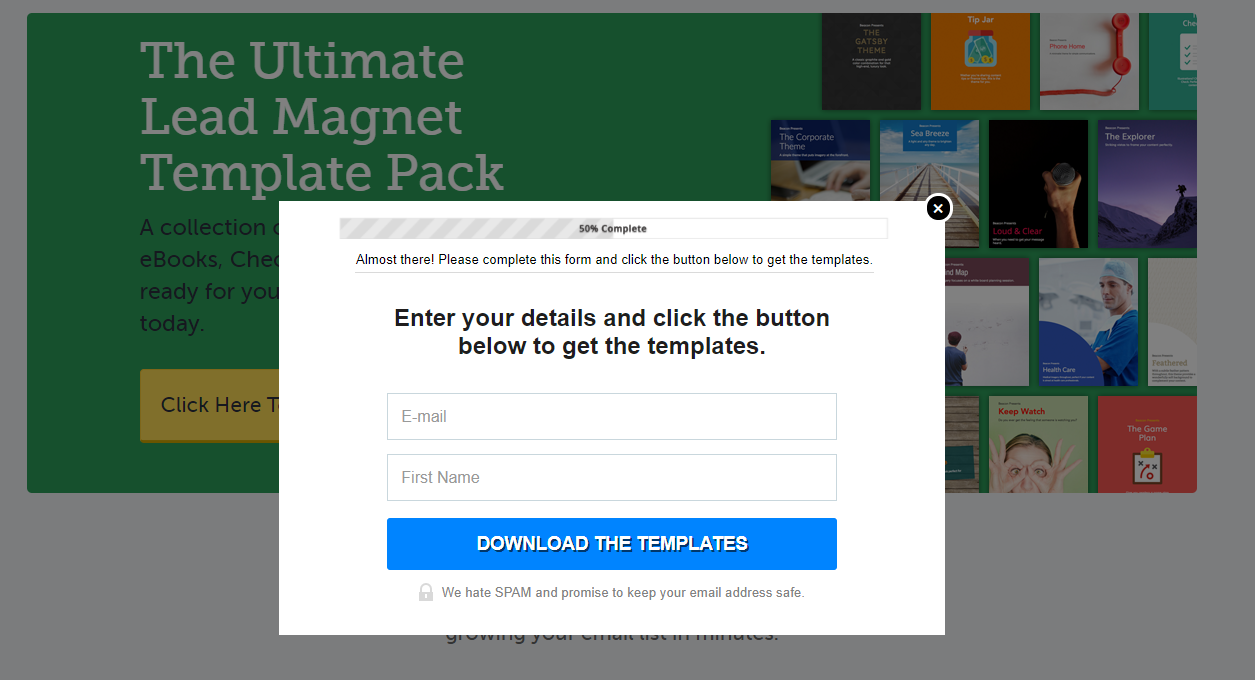
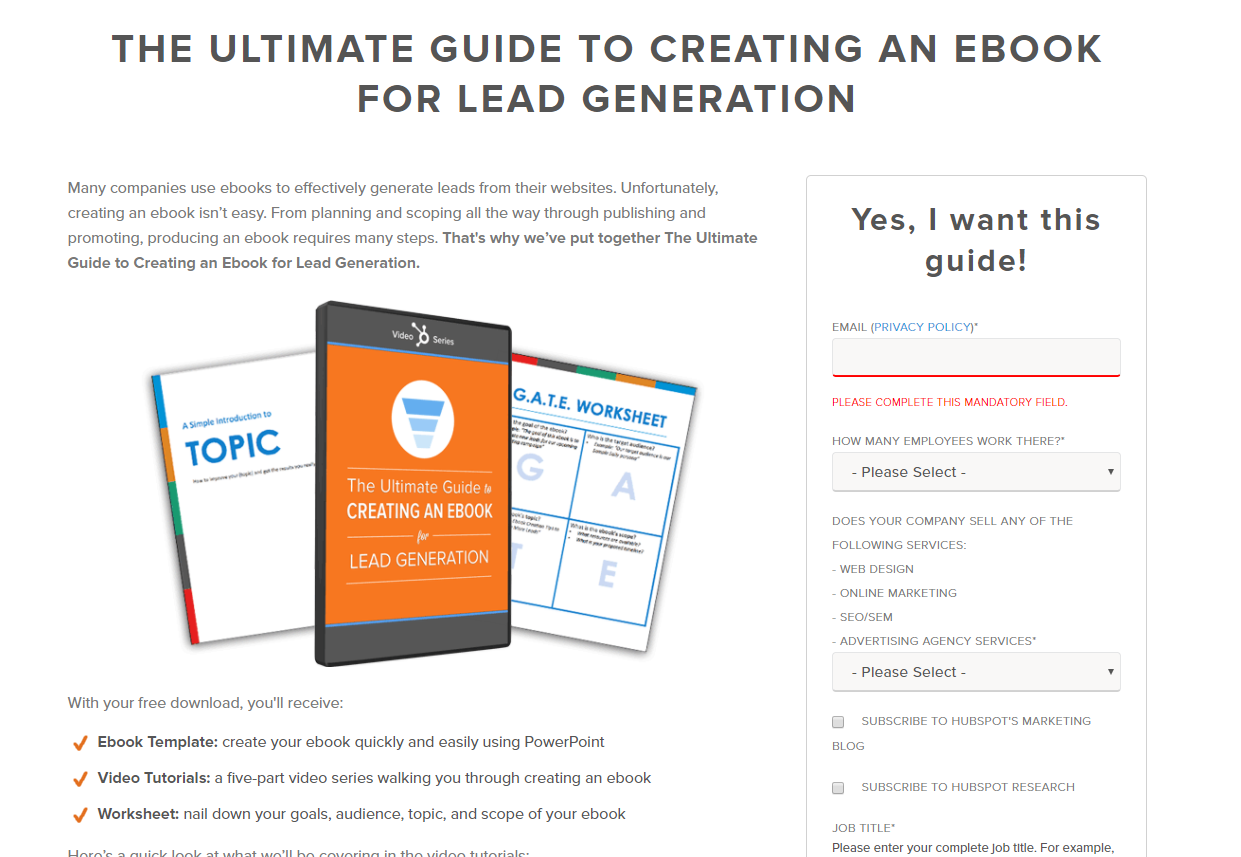
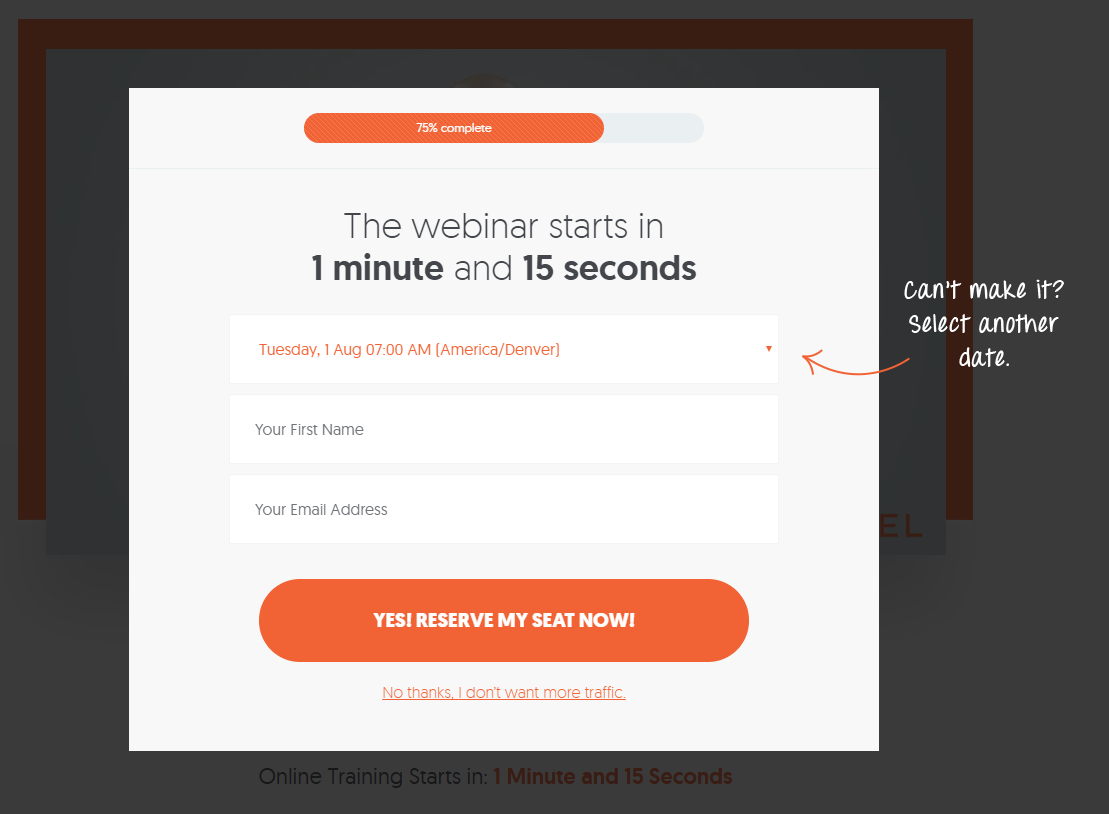
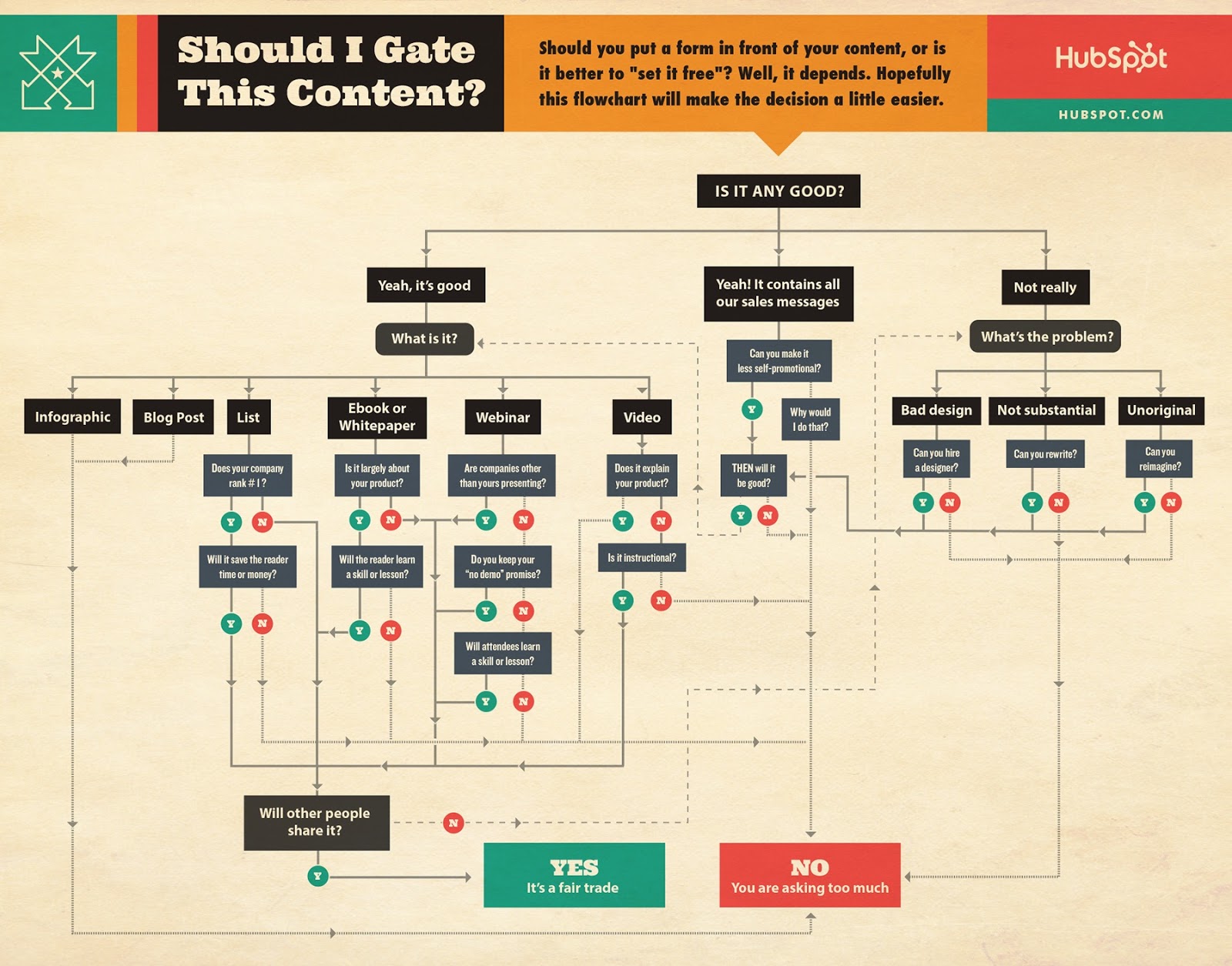
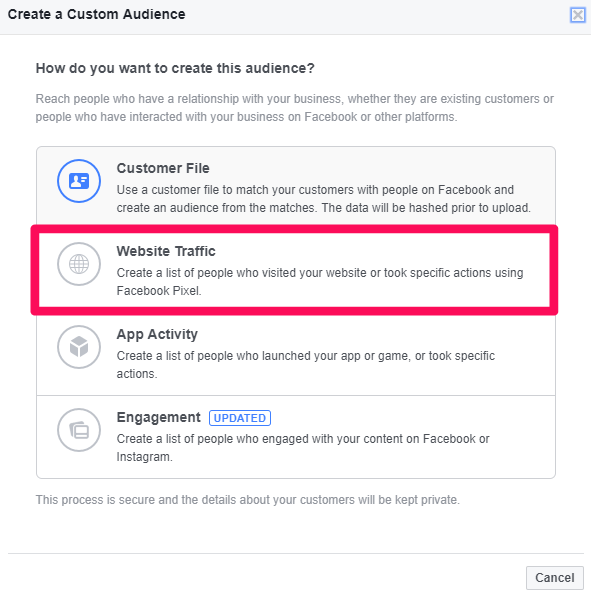
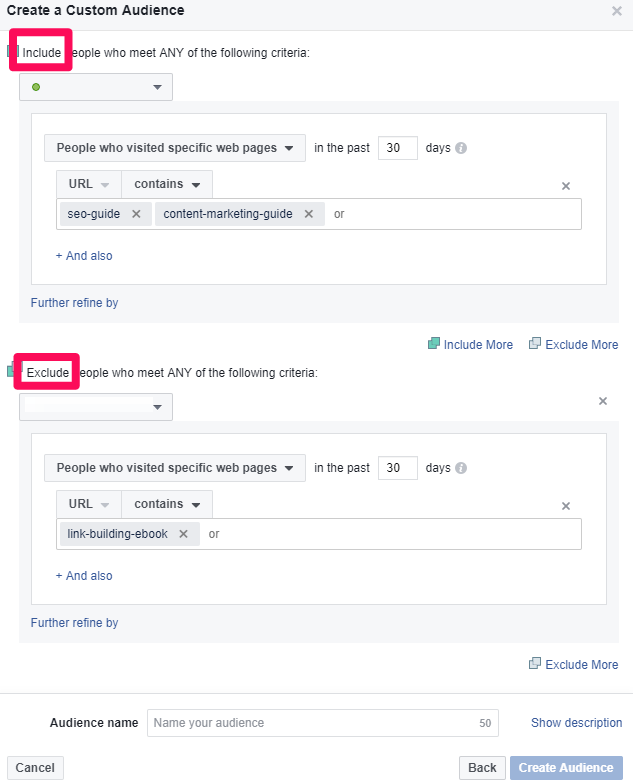
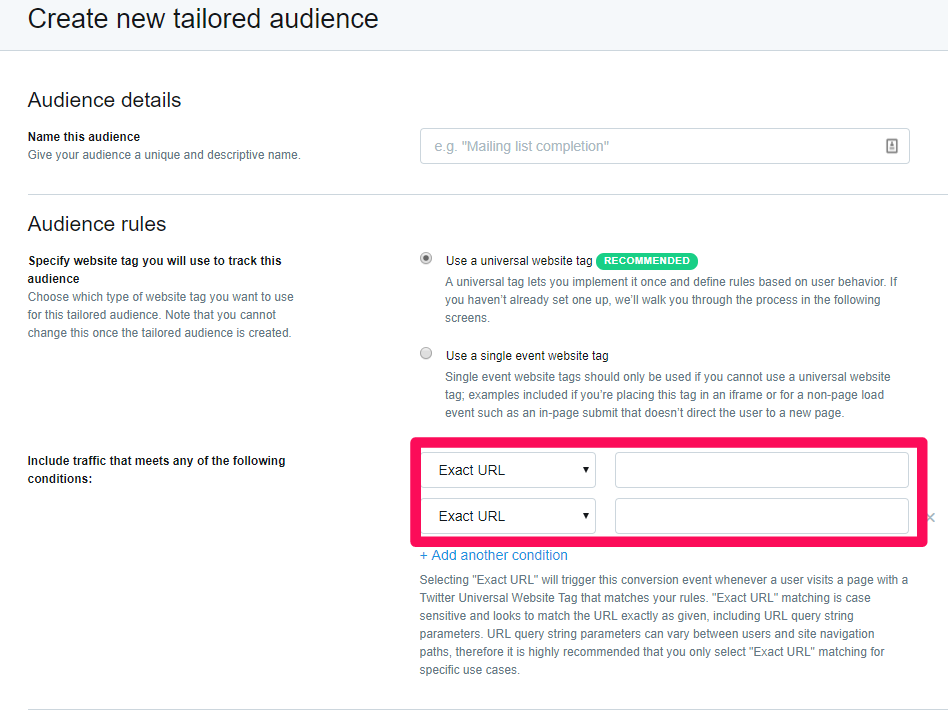
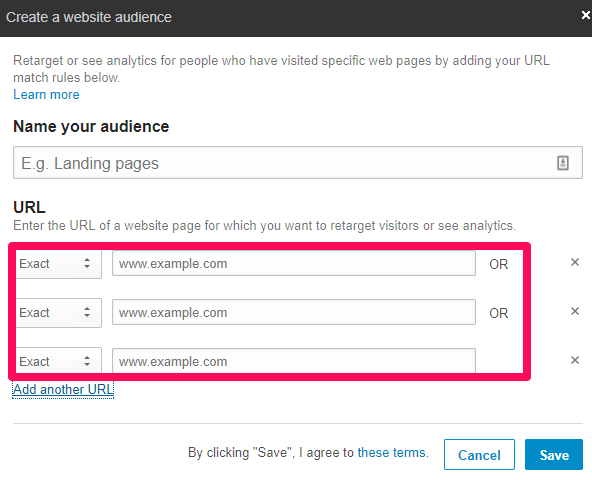
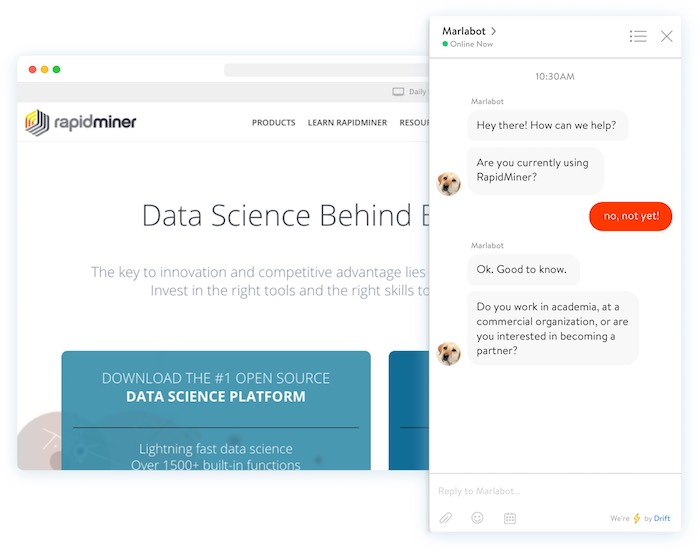
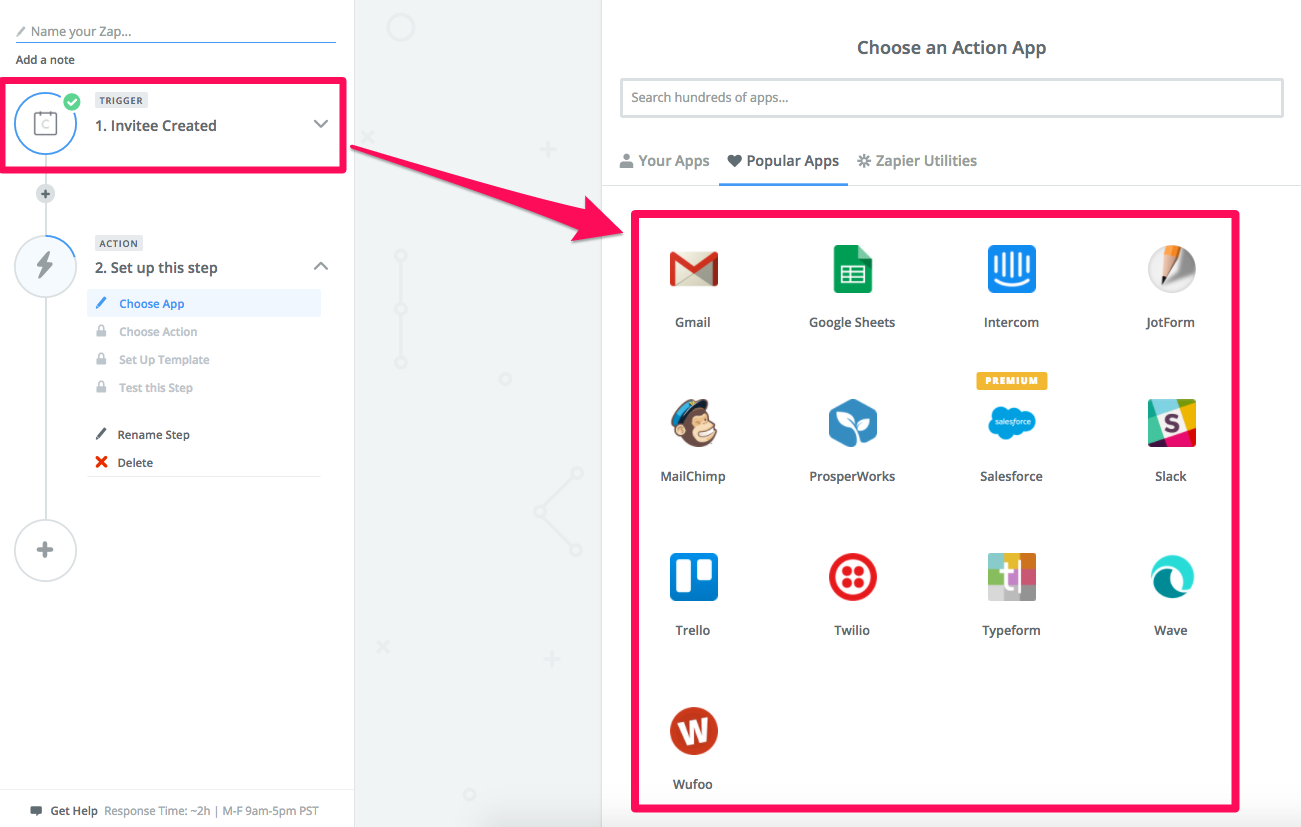
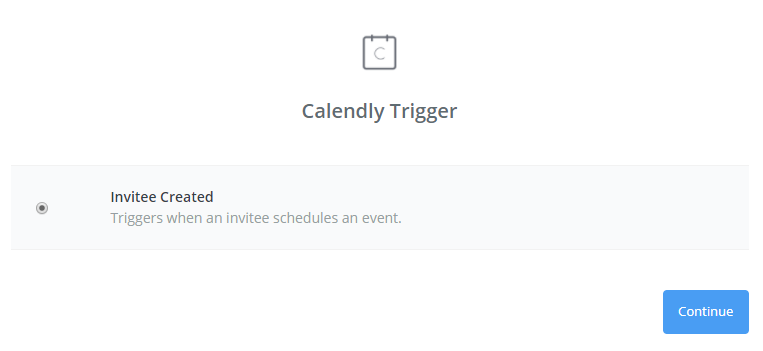

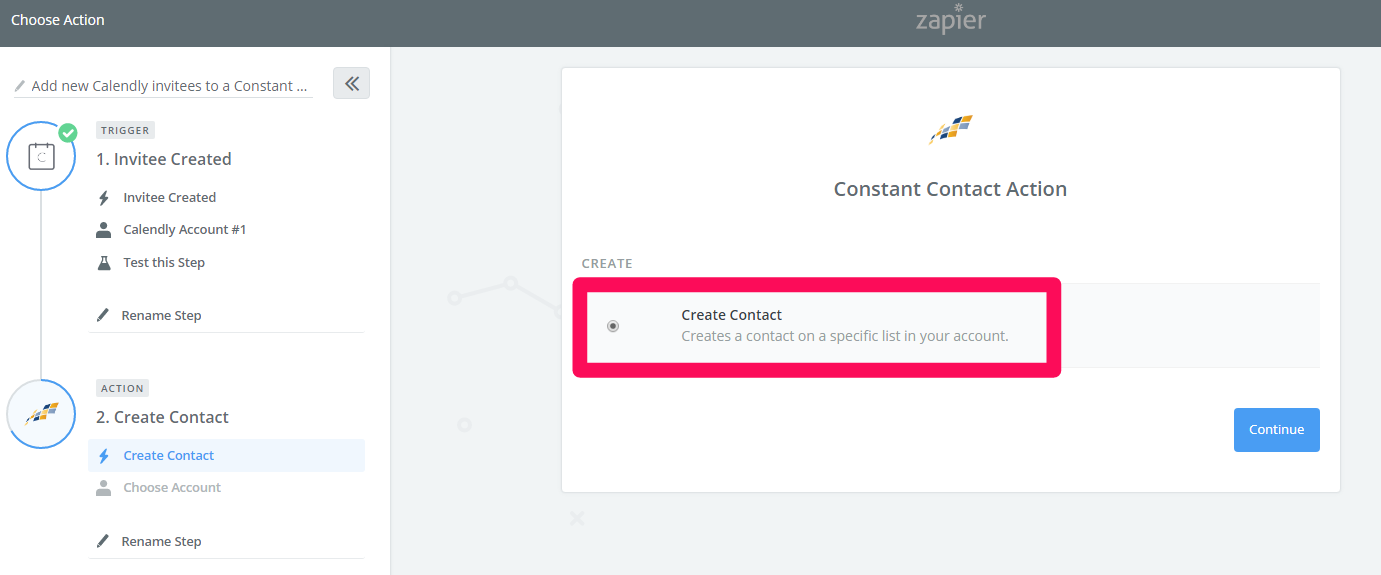

Comments (6)